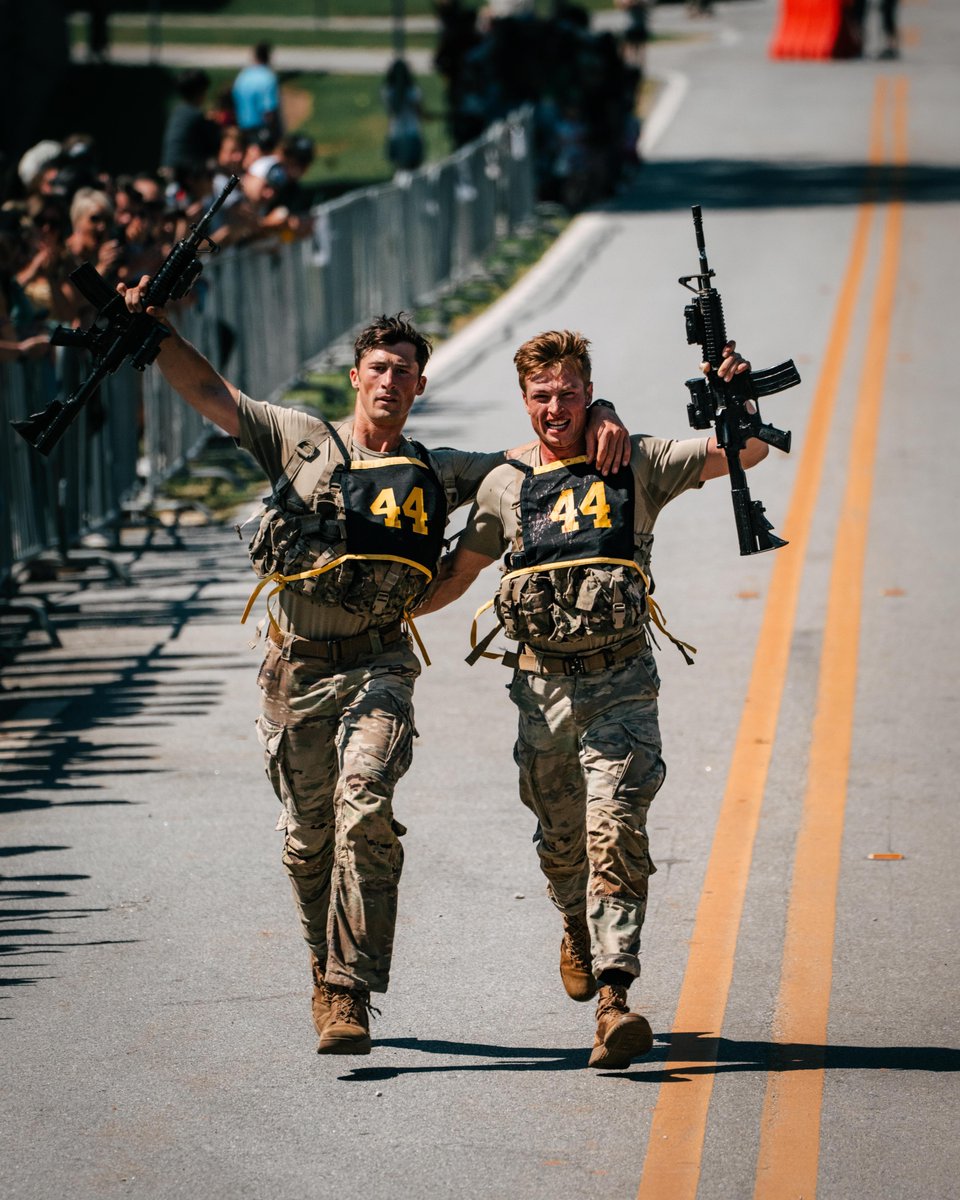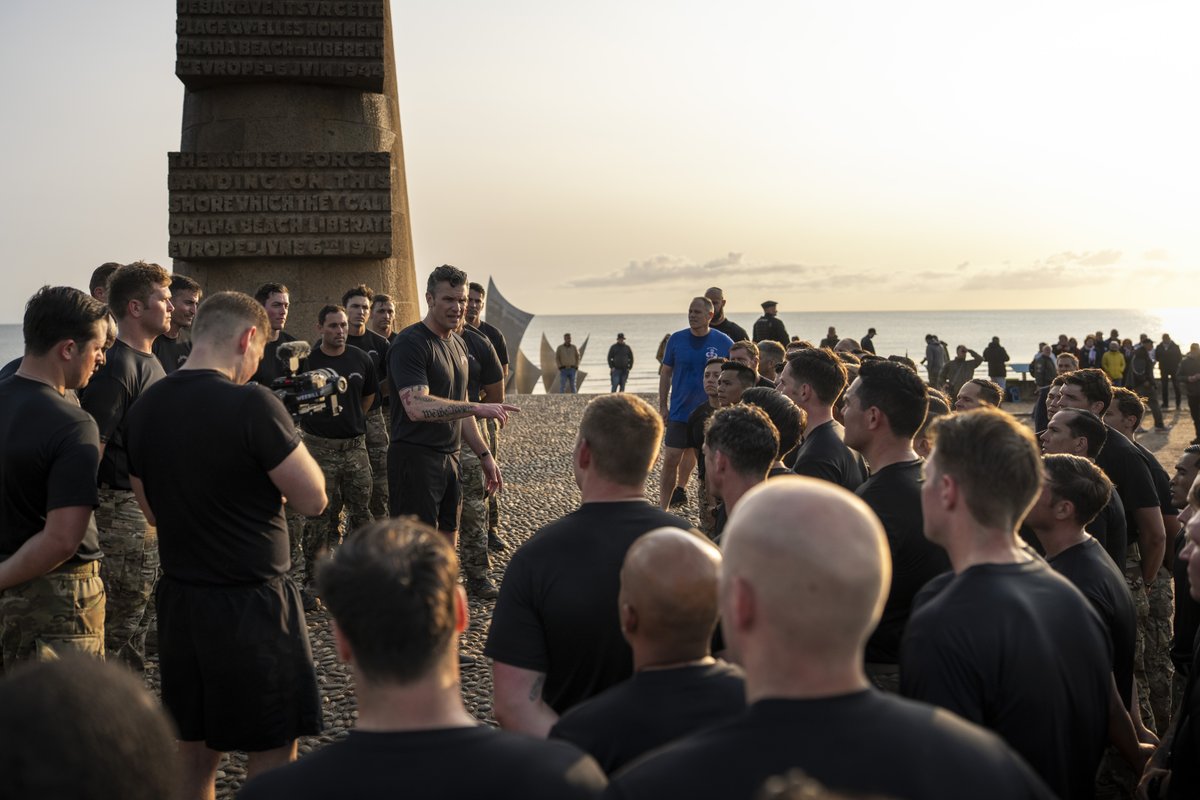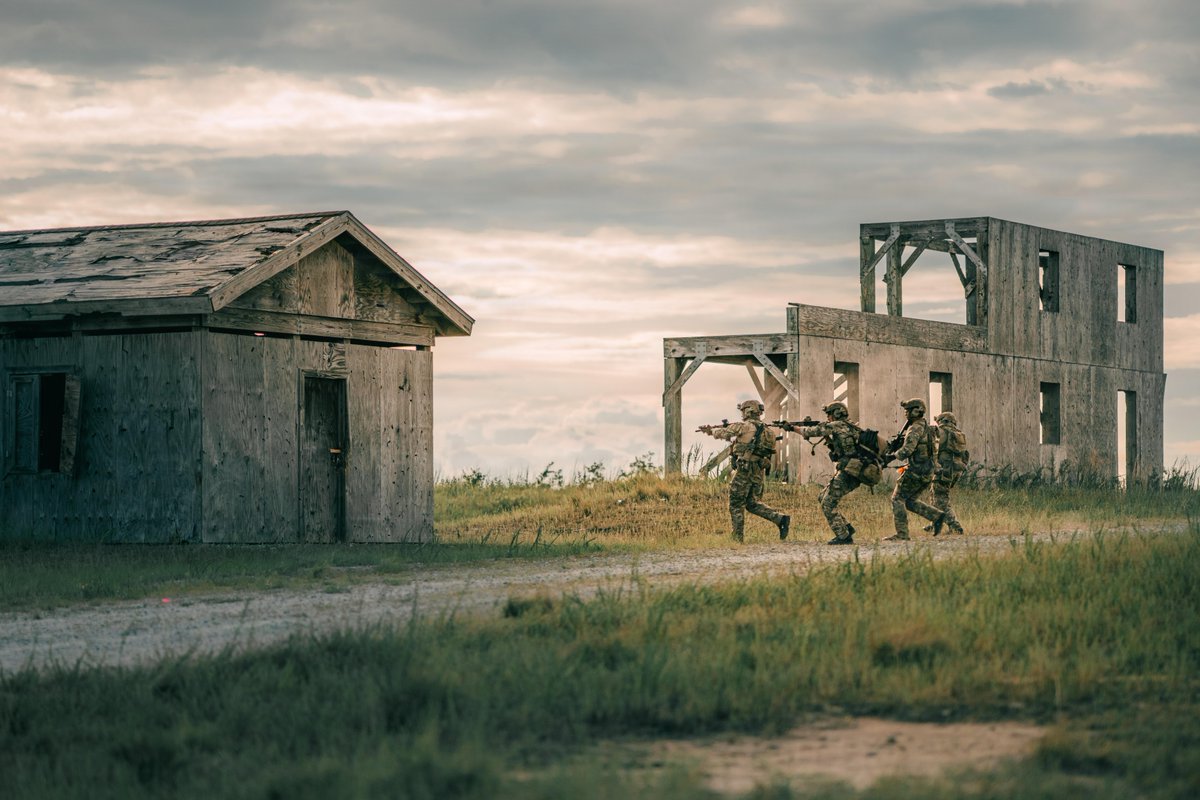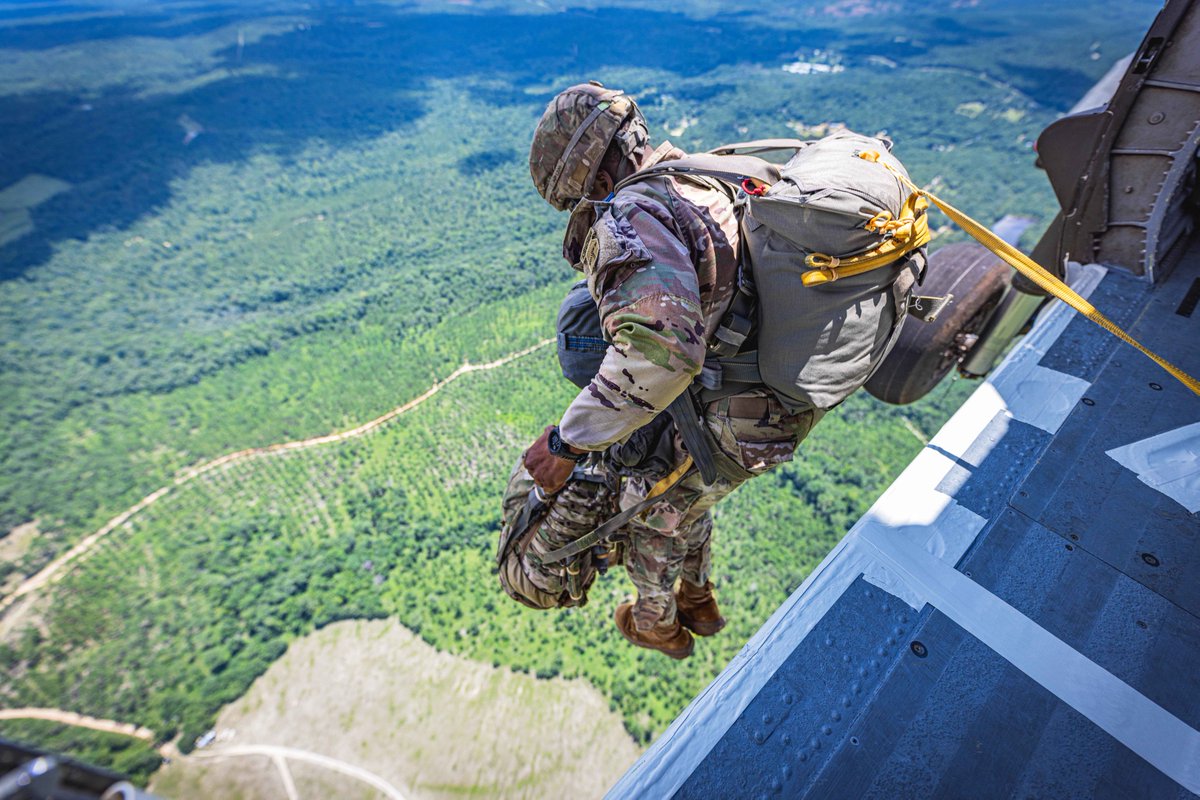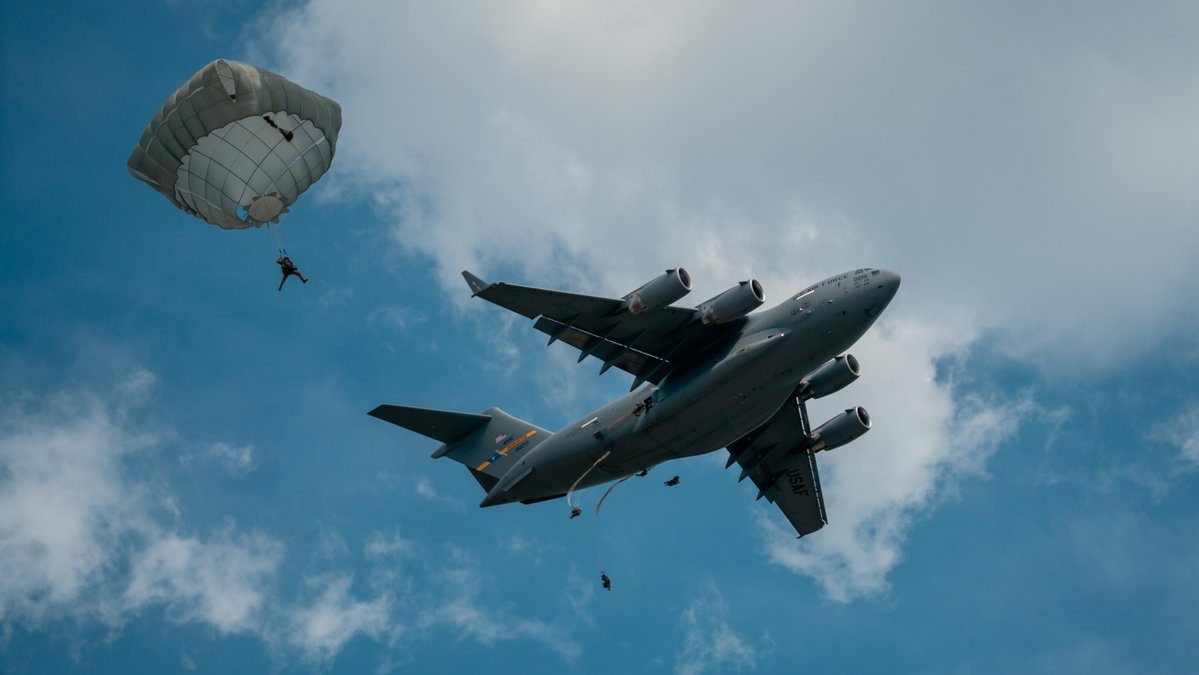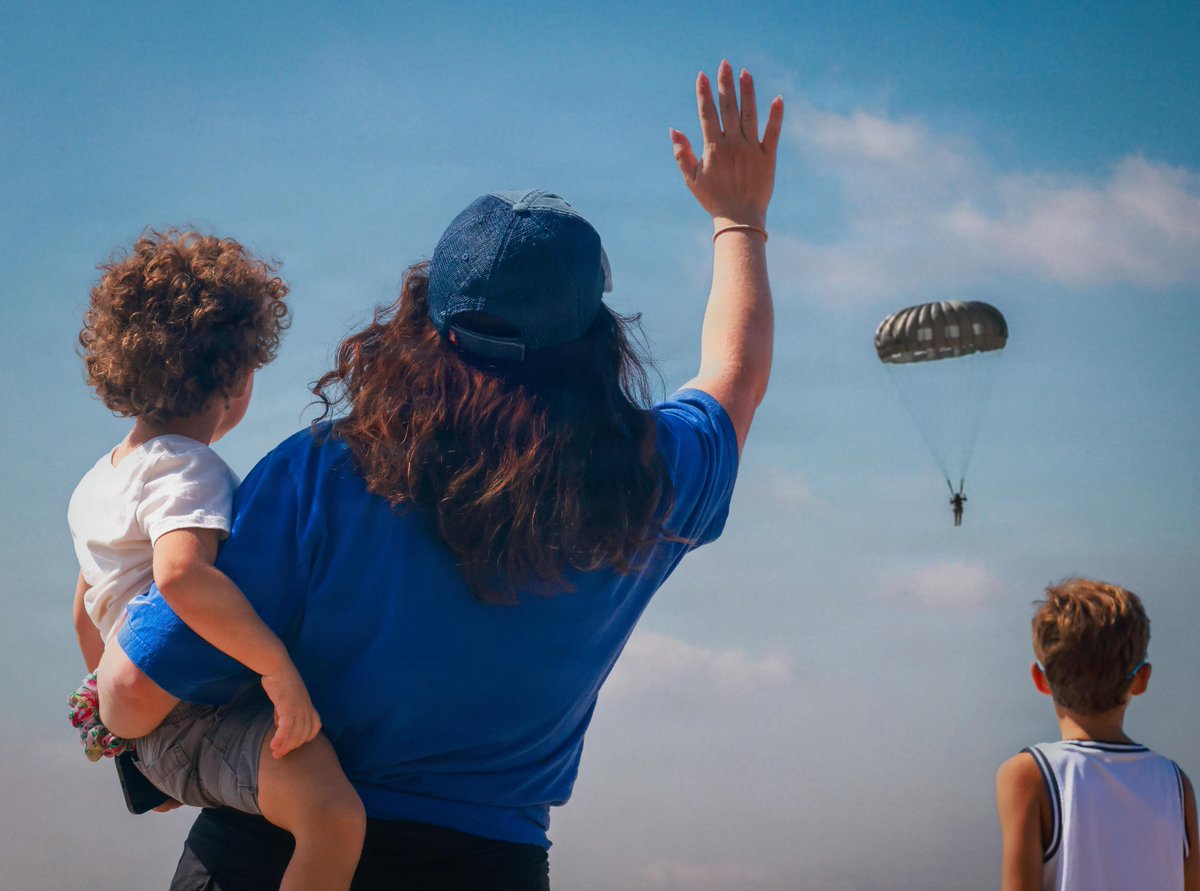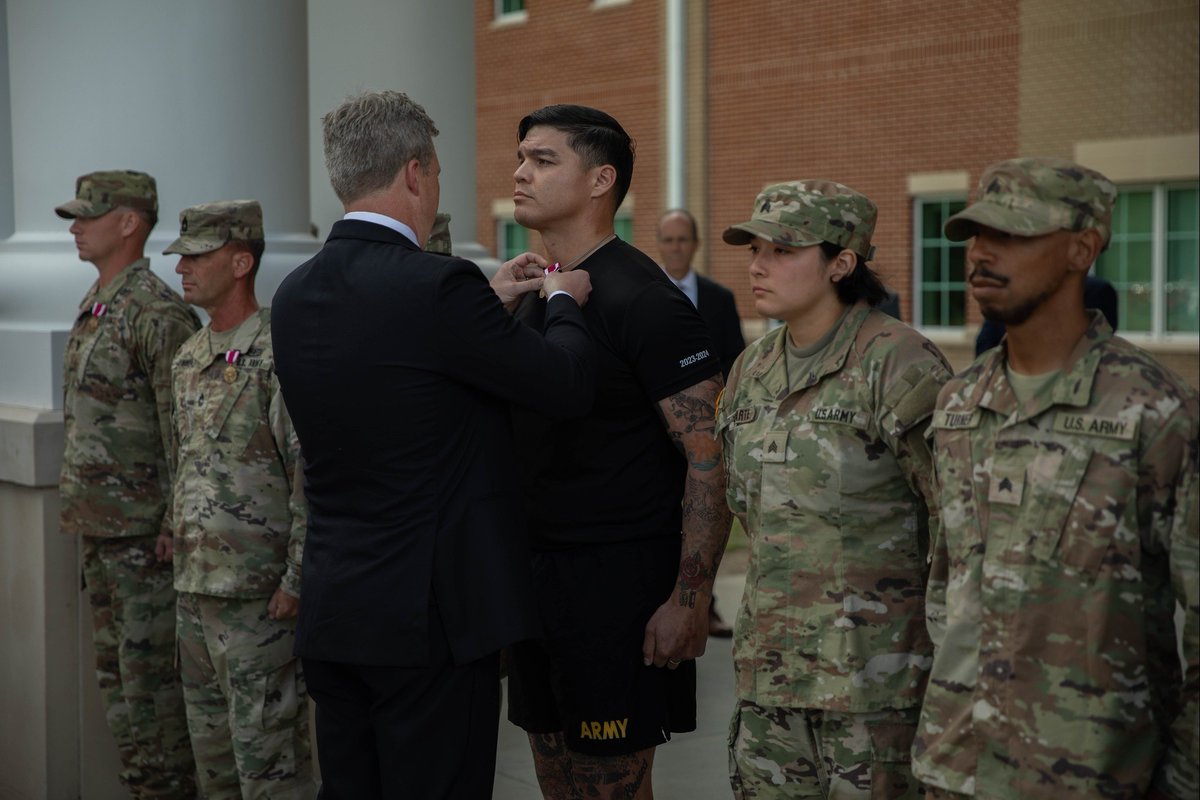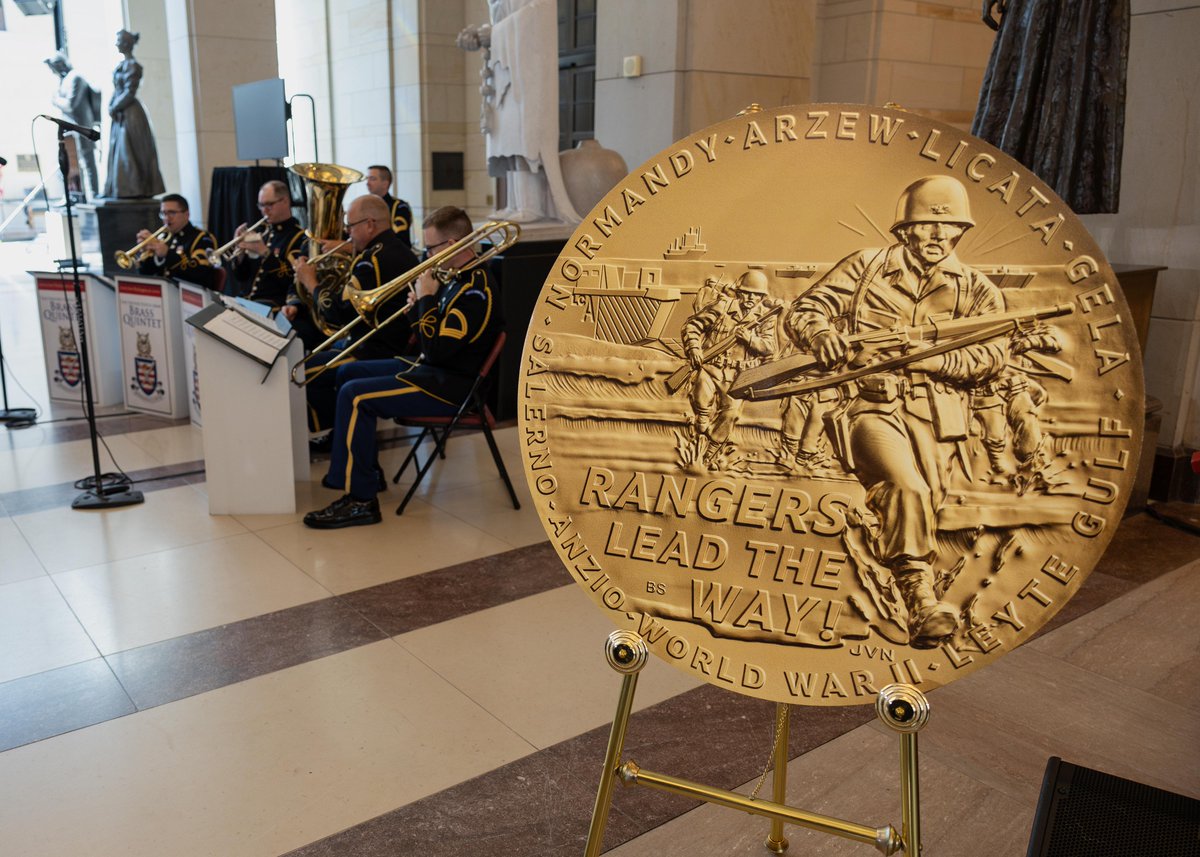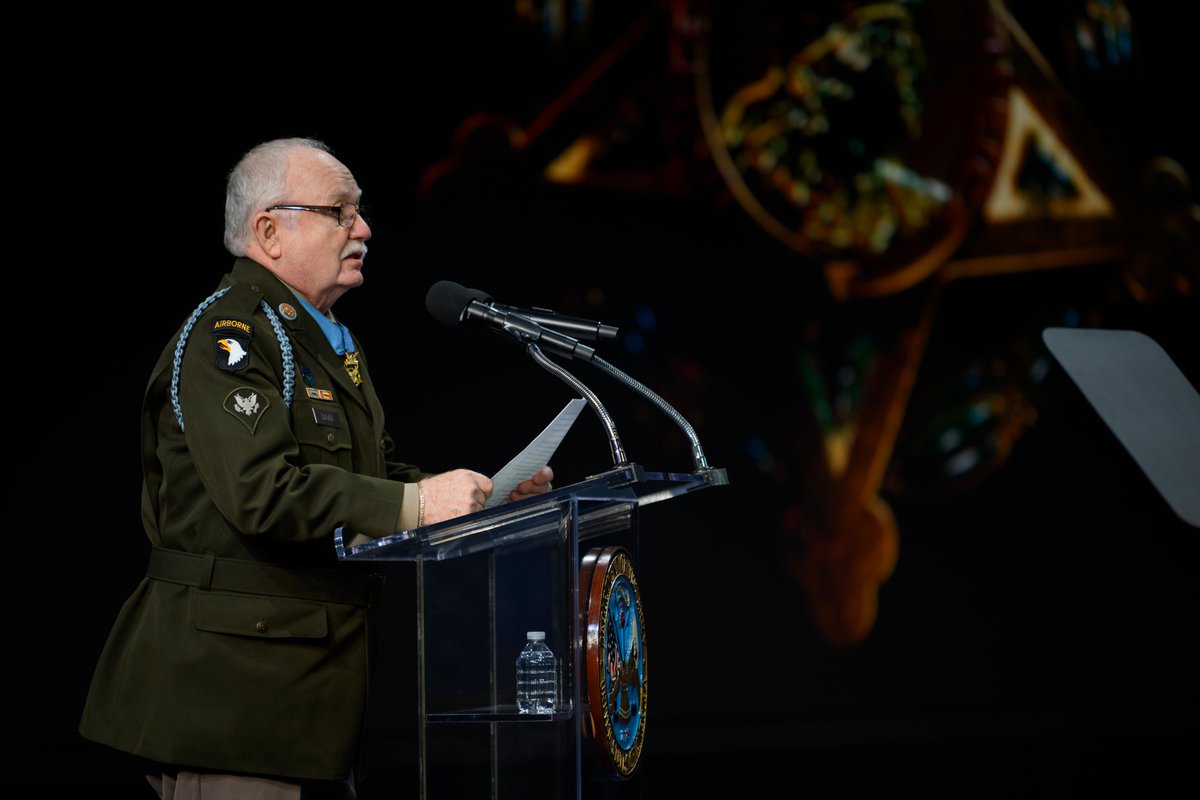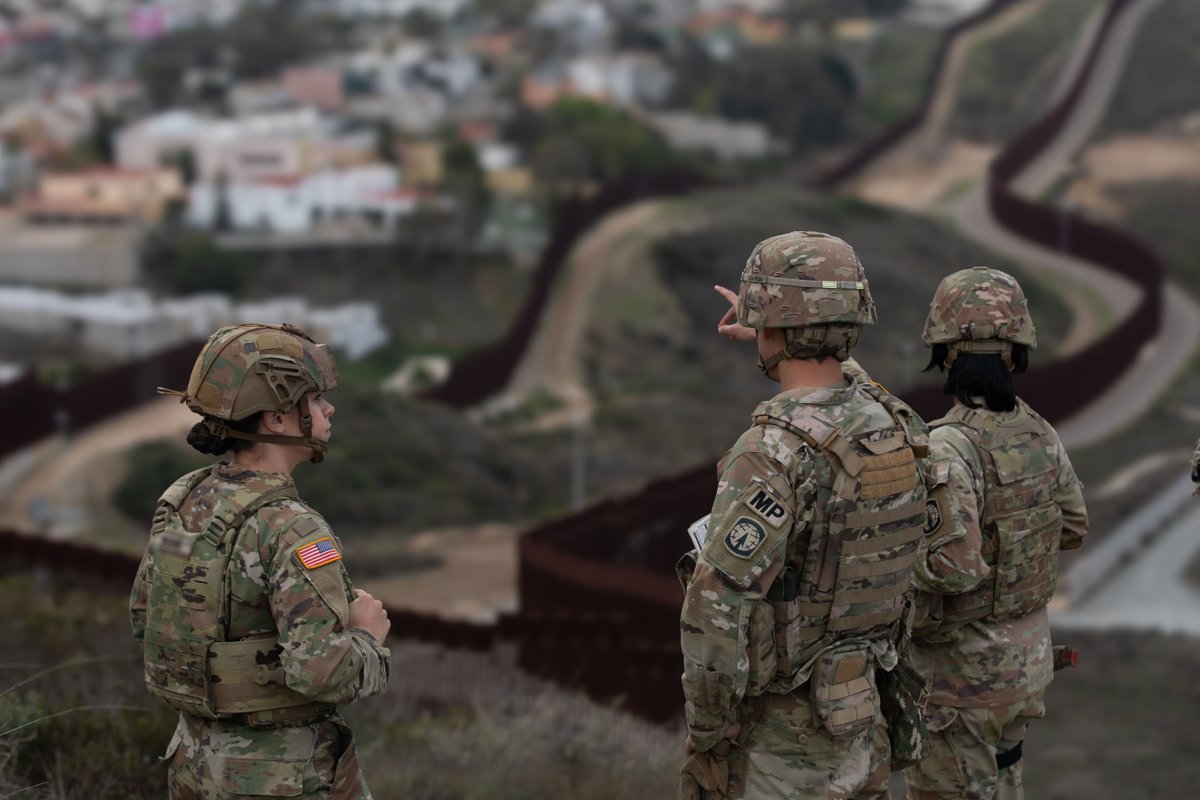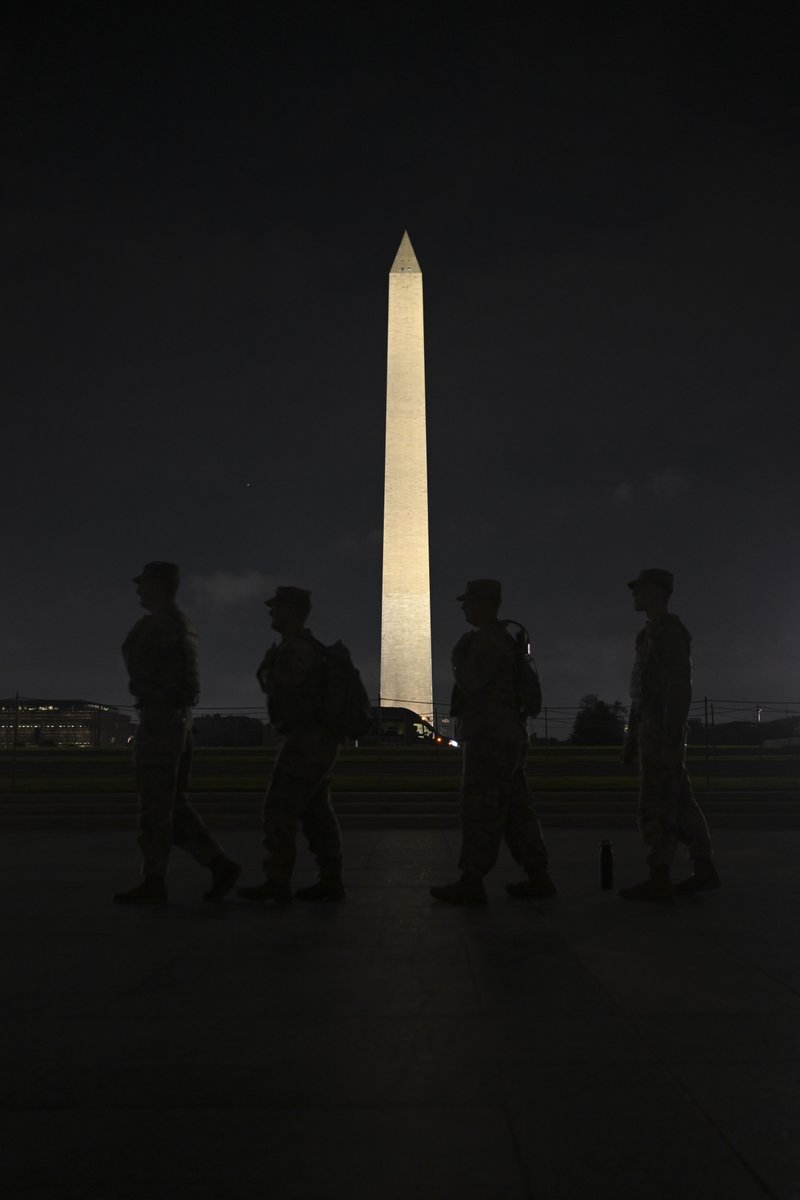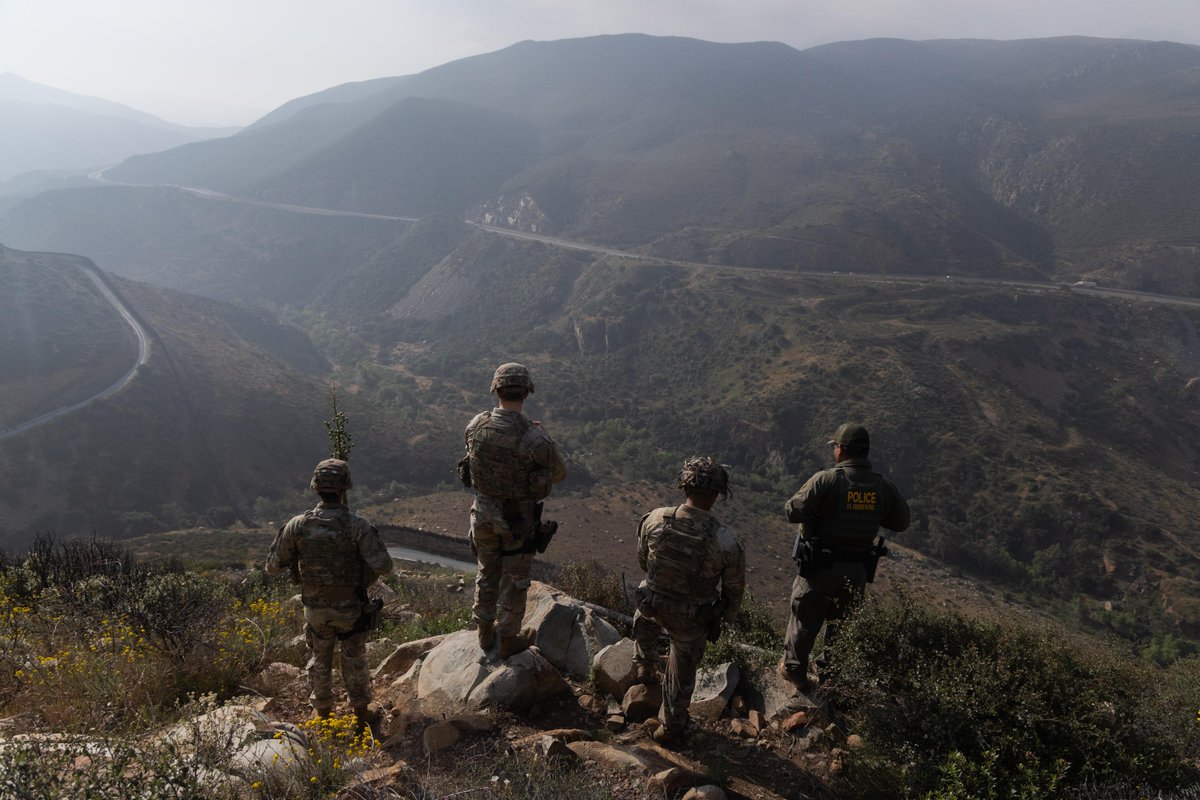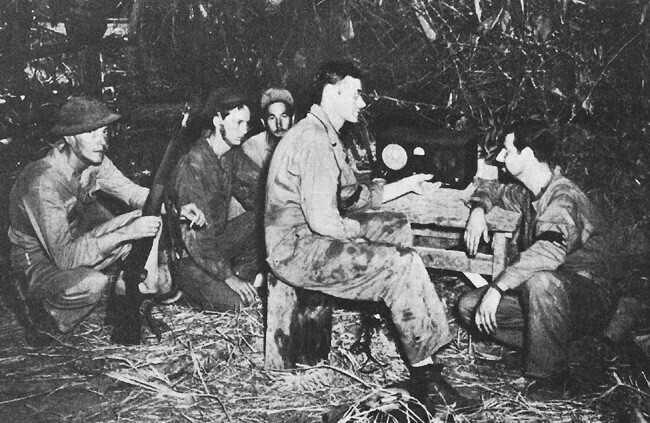Then-Staff Sgt. Roy Benavidez distinguished himself by a series of daring and extremely valorous actions while assigned to Detachment B-56, @5thForces, 1st Special Forces, Republic of Vietnam.
#HispanicHeritageMonth #MoH
#HispanicHeritageMonth #MoH

On May 2, 1968, #Benavidez was at the Forward Operating Base in Loc Ninh, Vietnam, when word arrived of a 12-man Special Forces intelligence-gathering team that was pinned down by the North Vietnamese Army.
#HispanicHeritageMonth #MoH
#HispanicHeritageMonth #MoH

Three helicopters had already attempted to extract them, but were unable to land due to intense enemy fire.
Three helicopters had already attempted to extract them but were unable to land due to intense enemy fire.
#HispanicHeritageMonth #MoH
Three helicopters had already attempted to extract them but were unable to land due to intense enemy fire.
#HispanicHeritageMonth #MoH

Realizing that all the team members were either dead or wounded, he directed the aircraft to a nearby clearing and jumped from the hovering helicopter.
Armed only with a knife and his medical bag, #Benavidez ran under withering small-arms fire to the crippled team.
#MoH
Armed only with a knife and his medical bag, #Benavidez ran under withering small-arms fire to the crippled team.
#MoH

Prior to reaching the team's position, he was wounded in his right leg, face and head.
Despite these injuries, he took charge, repositioning the team and directing their fire to facilitate the landing of the aircraft and the loading of the wounded and dead team members.
#MoH
Despite these injuries, he took charge, repositioning the team and directing their fire to facilitate the landing of the aircraft and the loading of the wounded and dead team members.
#MoH

He threw smoke to direct the aircraft to the team's position and then dragged half of the wounded team members to the safety of the extraction helicopter.
He then provided protective fire by running alongside the aircraft as it moved to pick up the remaining team members.
#MoH
He then provided protective fire by running alongside the aircraft as it moved to pick up the remaining team members.
#MoH

As the enemy's fire intensified, he hurried to recover the body and classified documents on the fallen team leader. When he reached the leader's body, Benavidez was severely wounded by small-arms fire in the abdomen and grenade fragments in his back.
#HispanicHeritageMonth #MoH
#HispanicHeritageMonth #MoH

At nearly the same moment, the aircraft pilot was mortally wounded, and his helicopter crashed.
Although in critical condition, he fought his way back to the wreckage, where he aided the wounded out of the aircraft and gathered the survivors into a defensive perimeter.
#MoH
Although in critical condition, he fought his way back to the wreckage, where he aided the wounded out of the aircraft and gathered the survivors into a defensive perimeter.
#MoH

Under increasing enemy automatic-weapons and grenade fire, he moved around the perimeter distributing water and ammunition to his weary men, reinstilling in them a will to live and fight.
#HispanicHeritageMonth #MoH
#HispanicHeritageMonth #MoH

Facing a buildup of enemy opposition, #Benavidez called in tactical air strikes and directed the fire from supporting gunships to suppress the enemy's fire and allow another extraction attempt.
#HispanicHeritageMonth #MoH
#HispanicHeritageMonth #MoH

Just before the helicopter landed, he was wounded again in his thigh while administering first aid to a wounded team member.
His indomitable spirit kept him going as he began to ferry his comrades to the aircraft.
#HispanicHeritageMonth #MoH
His indomitable spirit kept him going as he began to ferry his comrades to the aircraft.
#HispanicHeritageMonth #MoH

On his second trip with the wounded, he was clubbed, injuring his head and arms before killing his adversary.
He continued under fire to carry the wounded to the helicopter. Upon reaching the aircraft, he spotted and killed two enemy soldiers who were rushing the craft.
#MoH
He continued under fire to carry the wounded to the helicopter. Upon reaching the aircraft, he spotted and killed two enemy soldiers who were rushing the craft.
#MoH

With little strength remaining, he made one last trip to the perimeter to ensure that all classified material had been collected or destroyed and to bring in the remaining wounded.
Only then, in extremely serious condition did he allow himself to be pulled into the aircraft.#MoH
Only then, in extremely serious condition did he allow himself to be pulled into the aircraft.#MoH

#Benavidez's gallant choice to join his comrades who were in critical straits, to expose himself constantly to withering enemy fire and his refusal to be stopped despite numerous severe wounds, saved the lives of at least eight men.
#HispanicHeritageMonth #MoH
#HispanicHeritageMonth #MoH

On Feb. 24, 1981, several years after those “6 hours in hell,” Master Sgt. Roy Benavidez was presented the #MedalofHonor by President Ronald Reagan.
#HispanicHeritageMonth #MoH
#HispanicHeritageMonth #MoH

#Benavidez did not regard himself as a hero.
He said of his actions, “The real heroes are the ones who gave their lives for their country, I don't like to be called a hero. I just did what I was trained to do.”
#HispanicHeritageMonth #MoH
He said of his actions, “The real heroes are the ones who gave their lives for their country, I don't like to be called a hero. I just did what I was trained to do.”
#HispanicHeritageMonth #MoH

In addition to the #MedalofHonor, #Benavidez was awarded dozens of other military decorations for his service.
Photo credit: calie.org
#HispanicHeritageMonth #MoH
Photo credit: calie.org
#HispanicHeritageMonth #MoH

Even today, when Special Forces are involved in a firefight, and things are going badly, or courage needs to be summoned, they call out, “Tango! Mike! Mike!”
That was #Benavidez’s call sign.
#HispanicHeritageMonth #MoH
That was #Benavidez’s call sign.
#HispanicHeritageMonth #MoH

• • •
Missing some Tweet in this thread? You can try to
force a refresh


